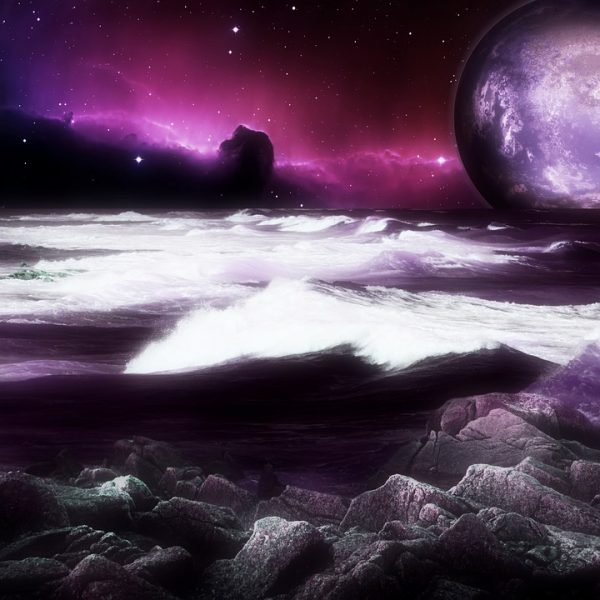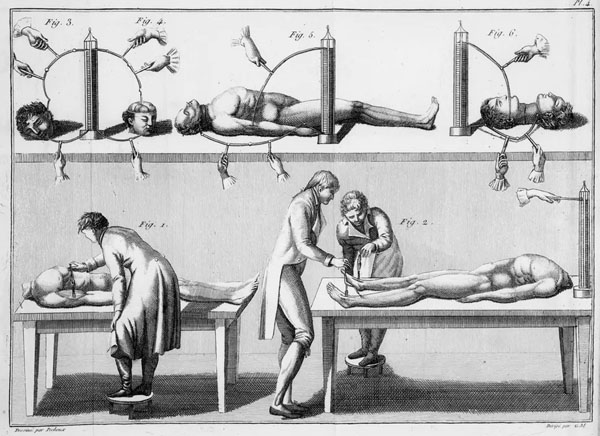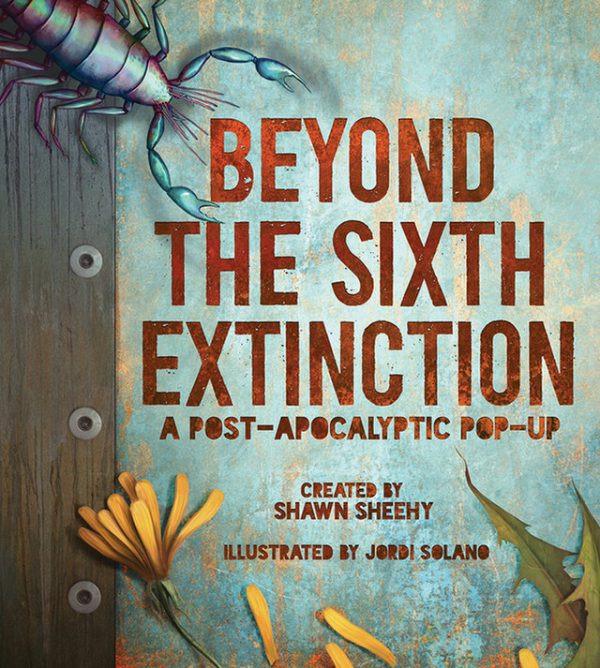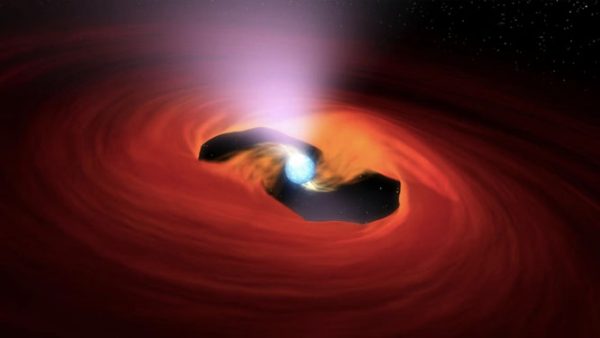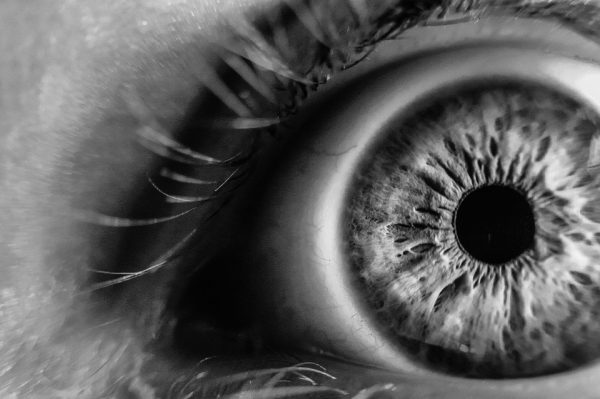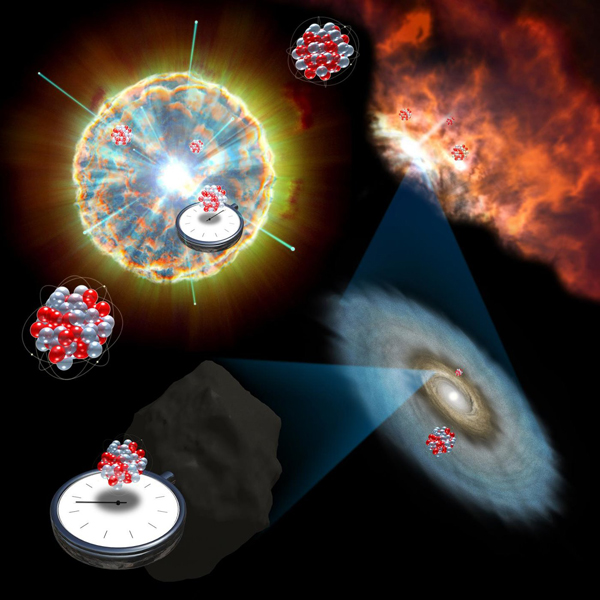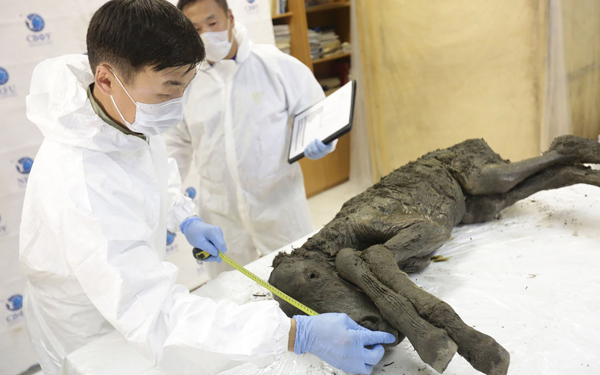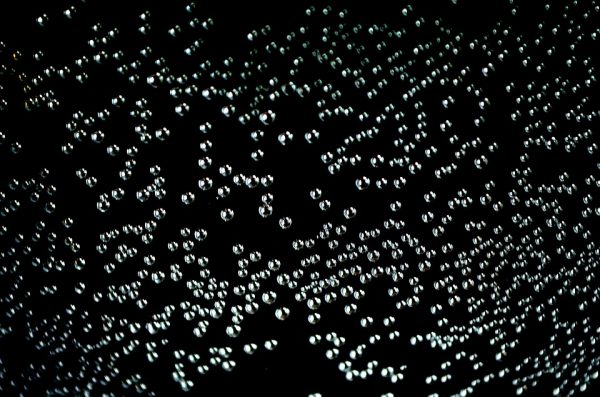SPACE: Extraterrestrial Life Could Be Purple
Alien life might be purple. That’s the conclusion of a new research paper that suggests that the first life on Earth might have had a lavender hue. In the International Journal of Astrobiology, microbiologist Shiladitya DasSarma of the University of Maryland School of Medicine and postdoctoral researcher Edward Schwieterman at the University of California, Riverside, argue that before green plants started harnessing the power of the sun for energy, tiny purple organisms figured out a way to do the same. Alien life could be thriving in the same way, DasSarma said. “Astronomers have discovered thousands of new extrasolar planets recently … Read more



